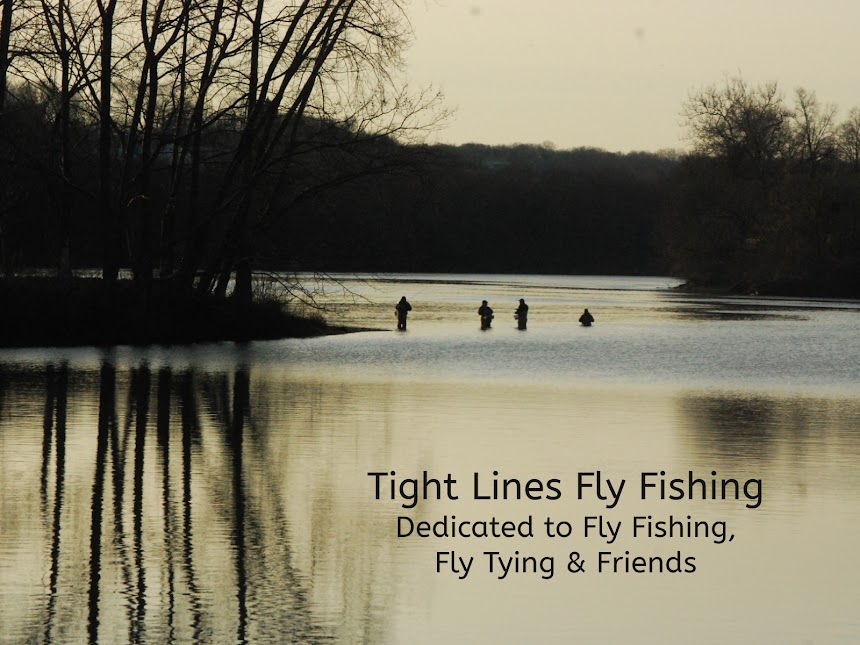Peacock Bugger
Hook: 3x or 4x streamer hook. This bugger can be tied in Sizes #6-#10. By far the most productive size for me has
been in a Size #10. Great small bugger
on small and big waters.
Tying
thread: Olive or brown thread.
Head: Black or gold
bead to match hook. I tend to do better
with a black bead.
Tail: Black marabou flanked with two pieces of Peacock Krystal
Flash.
Body: 4-5 strands of peacock hurl twisted around a
thread tag to form a dubbing rope.
Rib (optional): Peacock Krystal Flash.
Hackle: Black saddle hackle.
Every once in a while I’ll
have to highlight a Wooly Bugger as a Fly of the Month. It is just one of the best trout flies ever
created. On occasion I’ve also repeated
a Fly of the Month because it’s been super productive. That’s happened 3-4 times over the 30 years
that I’ve been doing this. This is the
only time a pattern has appeared as the FOTM 3 times. Why?
Well it is one of my top 5 “go to” flies. It is deadly on small streams and big
rivers. When I was an inexperienced fly
fisherman, it was one of the first flies that caught fish after fish for
me. It works all year long if you fish
it in a small size.
Begin by placing your bead
head on the hook. Start your thread
behind the bead and layer it to the bend of the hook. Tie in your marabou tail. It should not be longer than the hook shank
length. One of the things I like about
the small size of this bugger is a lot of “short strikes” are avoided. Next flank the marabou with two strands of
peacock krystal flash. (Option: If you
want to rib your fly do not clip/save 1 tag end of the krystal flash and palmer
it later.) Now tie in your saddle hackle
by the tip. Next, tie in 3-5 strands of peacock hurl. Create a tag end of the thread similar to how
you would create a dubbing loop. Advance
your thread up to the bead. Twist the
thread and strands of peacock hurl into a rope.
The thread will provide extra durability for your fly. Palmer your “rope” forward along the hook
shank, creating an even body. Tie it
off. Next, palmer your hackle forward in
the opposite direction. Give it
additional wraps before the bead to create a collar on the fly. Tie it off and apply head cement to the final
wraps. Your done! The peacock bugger can
be fished with nymph, wet fly, or streamer techniques.
This fly can also be viewed
at the Housatonic Fly Fishermen’s Association website at www.hffa.net
and www.tightlinesflyfishing.blogspot.com
. If you have any questions about this
fly or would like to submit a Fly of The Month I can be reached at
203 305-3850 or e-mail me at pdinice@frontier.com .

.JPG)









.JPG)
.JPG)
.JPG)
.JPG)
.JPG)
.JPG)
.JPG)
.JPG)
.JPG)
.JPG)
.JPG)

.JPG)



